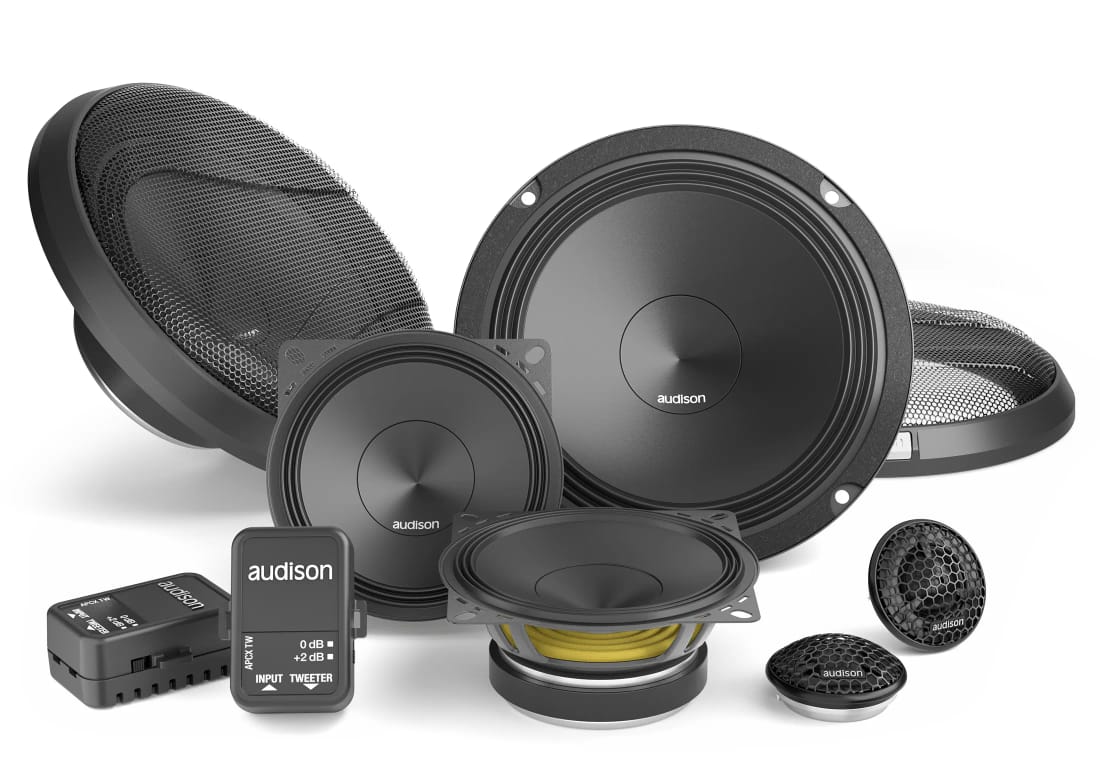When describing car air purifiers, it's essential to focus on their functionality, filtration technology, design, coverage area, and any special features that set them apart. Below are detailed descriptions for different types of car air purifiers: 1. Portable HEPA Air Purifier Portable HEPA air purifiers are designed to remove airborne pollutants and allergens from the car's interior. Filtration Technology: Equipped with a High-Efficiency Particulate Air (HEPA) filter that captures 99.97% of particles as small as 0.3 microns, including dust, pollen, smoke, and pet dander. Design: Compact and sleek design that easily fits in cup holders or on the dashboard. Often features a minimalistic and modern appearance with touch controls or LED indicators. Coverage Area: Suitable for small to medium-sized vehicles, effectively purifying the air within a few minutes. Special Features: May include additional layers like activated carbon filters to remove odors and volatile organic compounds (VOCs). Some models have a built-in ionizer that releases negative ions to neutralize airborne particles. USB-powered for convenience, with adjustable fan speeds for customizable air purification. 2. Ionizer Air Purifier Ionizer air purifiers use ionization technology to improve air quality by reducing airborne pollutants. Filtration Technology: Utilizes ionization to release negative ions, which attach to pollutants like dust, smoke, and bacteria, causing them to clump together and fall out of the air. Design: Small and portable, often designed to plug directly into the car's 12V cigarette lighter socket. Features a discreet and unobtrusive design that blends with the car's interior. Coverage Area: Ideal for most car interiors, efficiently reducing airborne contaminants in compact spaces. Special Features: Silent operation with no need for filter replacements. Some models include a built-in LED light that serves as a nightlight or indicator of the purifier's status. Low energy consumption and maintenance-free design. 3. Activated Carbon Air Purifier Activated carbon air purifiers are focused on removing odors and harmful gases from the air inside the car. Filtration Technology: Features an activated carbon filter that absorbs and neutralizes odors, smoke, chemicals, and VOCs, providing fresher air. Design: Often designed as a compact, cylindrical unit that fits in cup holders or under seats. Some models have a fabric or mesh exterior for a more refined look. Coverage Area: Effective for small to medium-sized vehicles, especially in urban areas where air pollution is a concern. Special Features: Long-lasting filters with easy replacement, quiet operation, and may include additional features like an aroma diffuser to release pleasant scents into the car. 4. UV-C Light Air Purifier UV-C light air purifiers use ultraviolet light to sterilize the air, killing bacteria, viruses, and mold spores. Filtration Technology: Combines UV-C light with a pre-filter to remove large particles and sanitize the air by eliminating pathogens. Design: Sleek and modern design that can be mounted on the dashboard or attached to air vents. Often features a built-in fan to circulate purified air throughout the vehicle. Coverage Area: Suitable for all vehicle sizes, providing continuous air purification during the drive. Special Features: Chemical-free air purification, with no ozone production. May include a timer function or automatic shut-off to conserve energy. Some models also combine UV-C with HEPA or activated carbon filters for enhanced purification. 5. Multi-Function Air Purifier Multi-function air purifiers offer a combination of purification technologies for comprehensive air quality improvement. Filtration Technology: Often includes a combination of HEPA filters, activated carbon, ionizers, and UV-C light for a multi-stage purification process that tackles particles, odors, bacteria, and gases. Design: Larger but still compact enough to fit in the car, with a user-friendly interface, touch controls, and LED displays showing air quality levels. Coverage Area: Effective in larger vehicles like SUVs or vans, providing thorough air purification across all seats. Special Features: Real-time air quality monitoring with color-coded indicators, adjustable fan speeds, and timer settings. Some models also have smart features like app control or integration with smart home systems for remote operation. 6. Solar-Powered Air Purifier Solar-powered air purifiers are eco-friendly options that harness solar energy to purify the air inside the car. Filtration Technology: Typically includes HEPA and activated carbon filters, combined with an ionizer for comprehensive air purification. Design: Compact and environmentally-friendly design with a solar panel on top, allowing the device to charge and operate using sunlight. Coverage Area: Ideal for smaller vehicles, with enough power to maintain air quality during sunny days. Special Features: Cordless operation
Send Message
